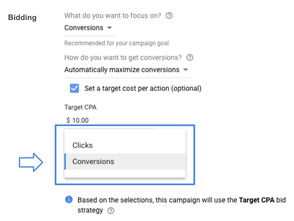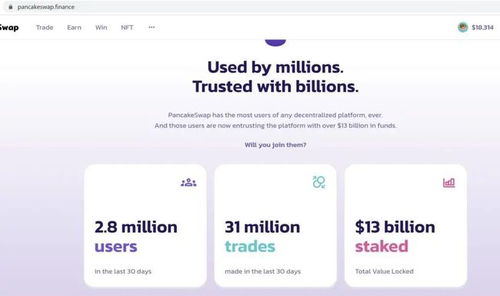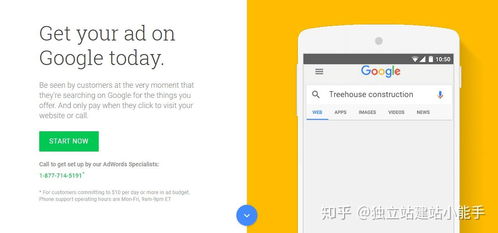Understanding Google Ads: A Comprehensive Guide

Google Ads, previously known as Google AdWords, is a powerful online advertising platform that allows businesses to promote their products and services across Google’s vast network. Whether you’re a small startup or a large enterprise, Google Ads can help you reach your target audience and achieve your marketing goals. In this detailed guide, we’ll explore the various aspects of Google Ads, from its different ad formats to its benefits and best practices.
Types of Google Ads

Google Ads offers a wide range of ad formats to suit different marketing objectives. Here are some of the most common types:
| Ad Format | Description |
|---|---|
| Search Ads | These ads appear at the top of Google’s search results when someone searches for relevant keywords. They are highly targeted and can drive immediate traffic to your website. |
| Display Ads | Display ads are graphical ads that appear on websites and apps across the Google Display Network. They can help increase brand awareness and drive traffic to your website. |
| Video Ads | Video ads are short video clips that appear on YouTube and other Google-owned properties. They are a great way to engage your audience and showcase your products or services. |
| Shopping Ads | Shopping ads allow you to showcase your products directly in Google’s search results. They include images, prices, and other product information, making it easier for users to find what they’re looking for. |
| App Ads | App ads help you promote your mobile app by appearing in relevant search results, on the Google Play Store, and on other Google properties. |
How Google Ads Works

Google Ads operates on a pay-per-click (PPC) model, meaning you only pay when someone clicks on your ad. Here’s a brief overview of how it works:
- Set up your Google Ads account and create an ad campaign.
- Choose relevant keywords that your target audience is likely to search for.
- Set a budget and bid on the keywords you want to target.
- Google will display your ad to users who search for those keywords.
- You pay only when someone clicks on your ad.
Benefits of Google Ads
Google Ads offers numerous benefits for businesses looking to expand their online presence and reach new customers. Here are some of the key advantages:
- Targeted Advertising: Google Ads allows you to target your ads to specific demographics, locations, and interests, ensuring that your message reaches the right audience.
- Measurable Results: With Google Ads, you can track your campaign’s performance in real-time, allowing you to make data-driven decisions and optimize your ads for better results.
- Competitive Advantage: By using Google Ads, you can stay ahead of your competitors and capture the attention of potential customers who are actively searching for your products or services.
- Cost-Effective: Google Ads is a cost-effective way to promote your business, as you only pay when someone clicks on your ad.
Best Practices for Google Ads
To get the most out of your Google Ads campaigns, it’s important to follow these best practices:
- Keyword Research: Conduct thorough keyword research to identify the best keywords for your campaign.
- Quality Score: Focus on creating high-quality ads and landing pages to improve your Quality Score, which can lower your cost-per-click and improve your ad rankings.
- A/B Testing: Test different ad variations to determine which ones perform best and optimize your campaigns accordingly.
- Bid Management: Monitor your bids and adjust them as needed to ensure you’re getting the best possible return on investment.
- Continuous Optimization: Regularly review and optimize your campaigns to improve their performance over time.
By following these best practices and leveraging the


